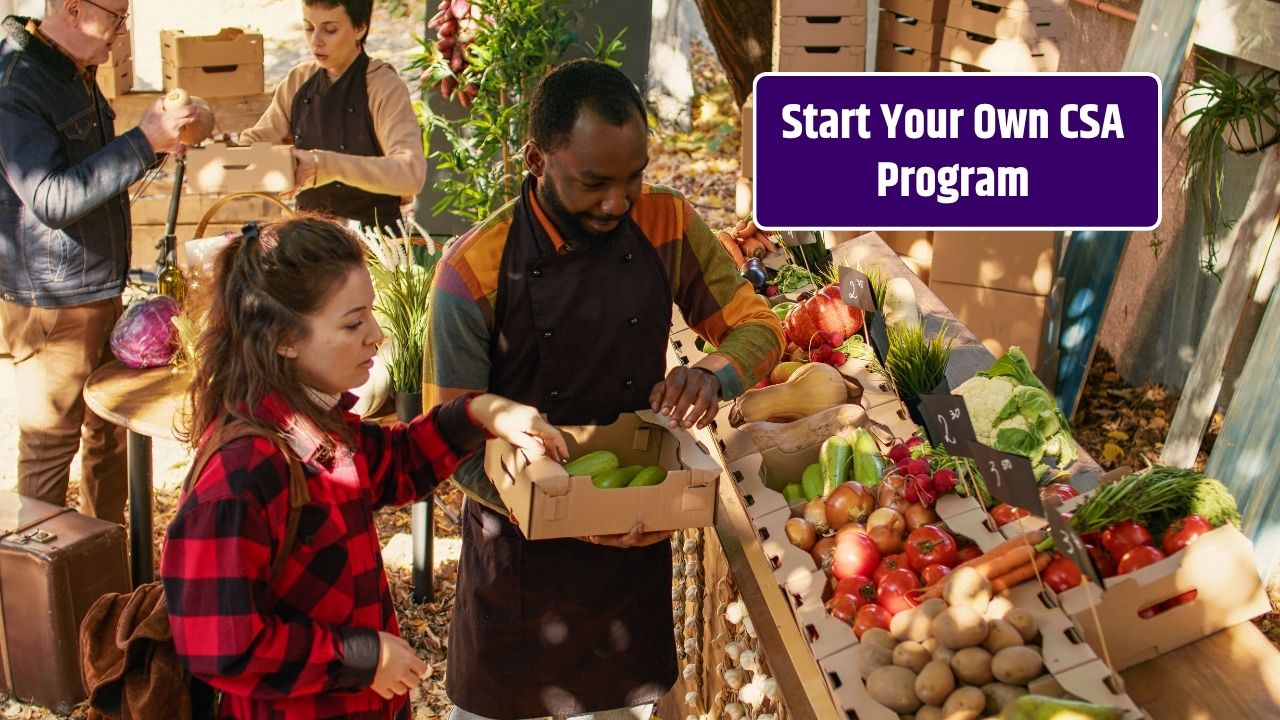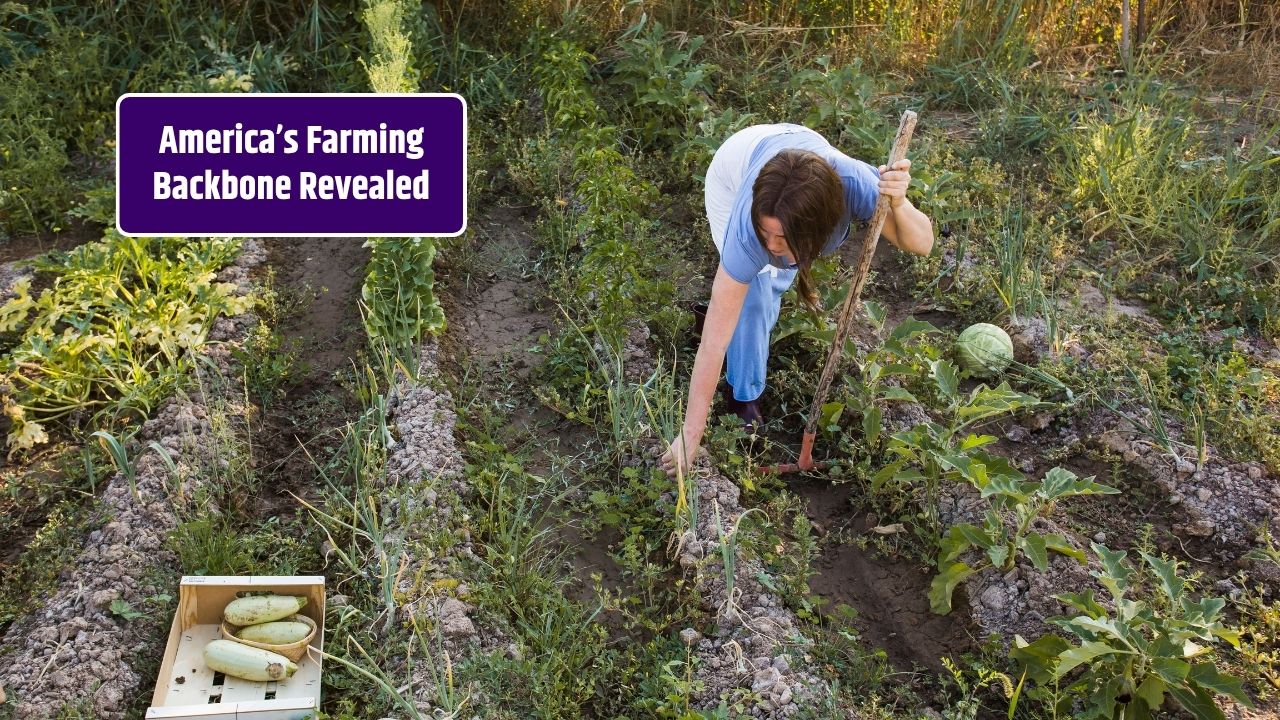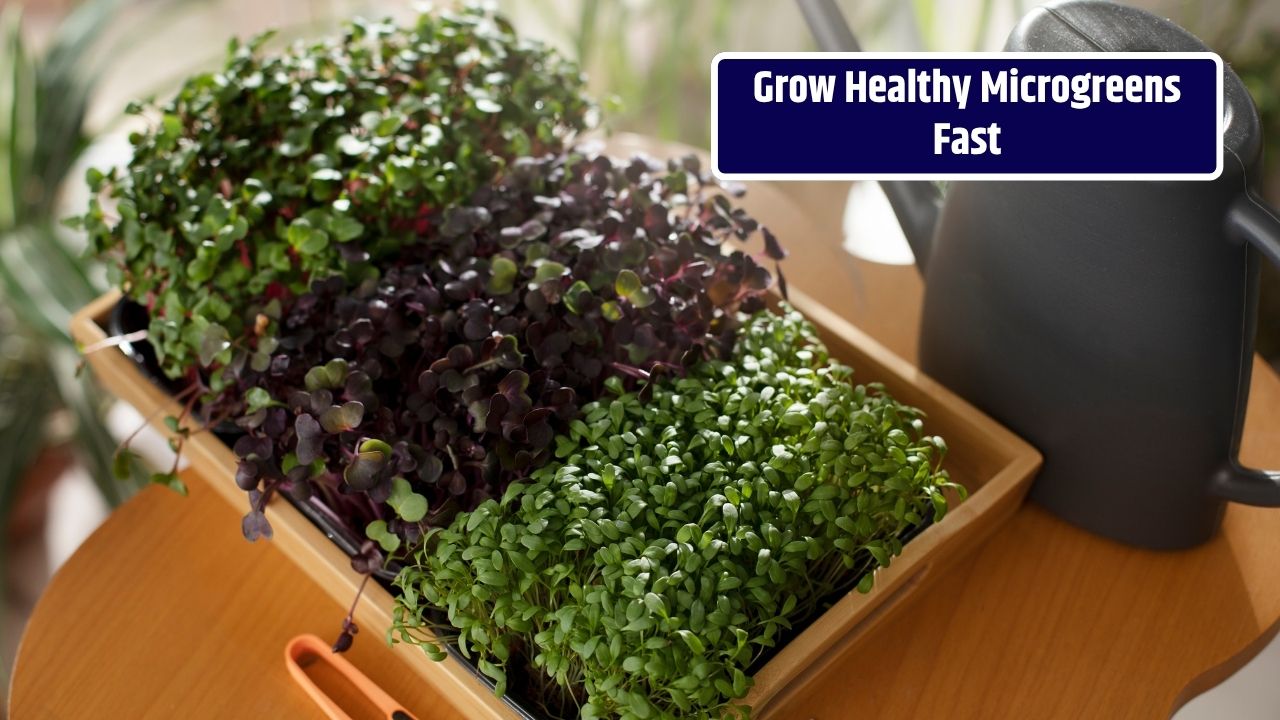Starting a small CSA (Community Supported Agriculture) program can be one of the most rewarding ways to build a deeper connection between your farm and your local community. A CSA allows customers to buy shares of your upcoming harvest in advance, providing you with upfront capital and a committed customer base.
Whether you’re a backyard grower or a small farm owner, here’s how to launch a CSA program that supports your land, your livelihood, and your neighbors.
Table of Contents
What Is a CSA and Why It Works
A CSA is a subscription-style model where members pay upfront for a share of the season’s produce. In return, they receive regular boxes filled with fresh fruits, vegetables, herbs, and sometimes even eggs, flowers, or baked goods. This model reduces financial risk for farmers while offering consumers fresh, seasonal food and a sense of investment in local agriculture.
Step-by-Step Guide to Starting Your Own CSA
1. Evaluate Your Land and Crop Options
Before anything else, assess what and how much you can realistically grow. Consider:
- Soil health and water availability
- Crop types that grow well in your region
- Time and labor needs
- Season length (spring/summer/fall)
Start with 5–10 core crops and a few add-ons. Reliable, easy-to-grow vegetables like lettuce, tomatoes, cucumbers, carrots, zucchini, beans, kale, and herbs work well.
2. Plan Your CSA Structure
Decide on the size and length of your program:
- Season duration: 12, 16, or 20 weeks?
- Share size: Full (feeds 4), half (feeds 1–2), or customizable?
- Pickup frequency: Weekly or biweekly?
- Add-ons: Eggs, flowers, bread, honey, or meat?
Create a clear outline of what shareholders can expect.
3. Set Prices
Use your budget and production forecast to calculate fair pricing. For example:
| CSA Share Type | Weeks | Cost per Week | Total Cost |
|---|---|---|---|
| Half Share | 16 | $20–$25 | $320–$400 |
| Full Share | 16 | $30–$40 | $480–$640 |
Factor in your labor, seeds, tools, packaging, and marketing when determining price.
4. Create a Sign-Up and Payment System
Build a simple system for customers to join and pay. Use:
- Google Forms or JotForm for sign-ups
- PayPal, Venmo, Stripe, or checks for payments
- Clear contracts outlining refund policy, missed pick-ups, and growing practices
Consider offering early-bird pricing or installment payments.
5. Market Your CSA Locally
Use these marketing channels:
- Social media (Facebook, Instagram, local groups)
- Local newspapers or bulletin boards
- Flyers at coffee shops, libraries, or co-ops
- Partnering with local businesses
Highlight benefits: fresh food, transparency, sustainability, and supporting local agriculture.
6. Plan Distribution
Choose one or more of the following:
- On-farm pickup (most cost-effective)
- Drop-off location (church, school, community center)
- Home delivery (if feasible)
Create a pickup checklist and communicate logistics clearly with members.
7. Prepare for Weekly Harvests
Each week, organize your harvest around what’s ready and in season. You’ll need:
- Baskets or boxes
- A scale and quality control process
- Volunteer or hired help to pack boxes
Make it special—add recipes, notes, or a newsletter inside the box to connect with members.
8. Communicate Regularly
Transparency builds trust. Keep members informed via:
- Weekly email updates or newsletters
- Social media posts about the farm
- Notifications about weather or crop challenges
Engage them with stories, photos, and recipes to foster loyalty and community.
Common Challenges (and How to Handle Them)
| Challenge | Solution |
|---|---|
| Crop failure | Diversify crops, communicate openly |
| Late season frosts | Use row covers or greenhouses |
| Missed pickups | Create a clear missed-box policy |
| Overpromising shares | Start small and scale as experience grows |
Why CSAs Matter in 2025
With rising food costs, supply chain disruptions, and renewed interest in local and sustainable food systems, CSAs offer a practical solution for communities. They also provide small farmers a viable business model that rewards transparency, consistency, and quality.
FAQs
Can I start a CSA with just a backyard garden?
Many CSAs start small—serving 5–10 members—with backyard or micro-farm operations.
What if I have extra produce some weeks?
Offer “bonus” items to CSA members or sell surplus at farmers markets.
How can I reduce packaging waste?
Use reusable bins, offer a bring-your-own-bag option, or use compostable packaging.





















